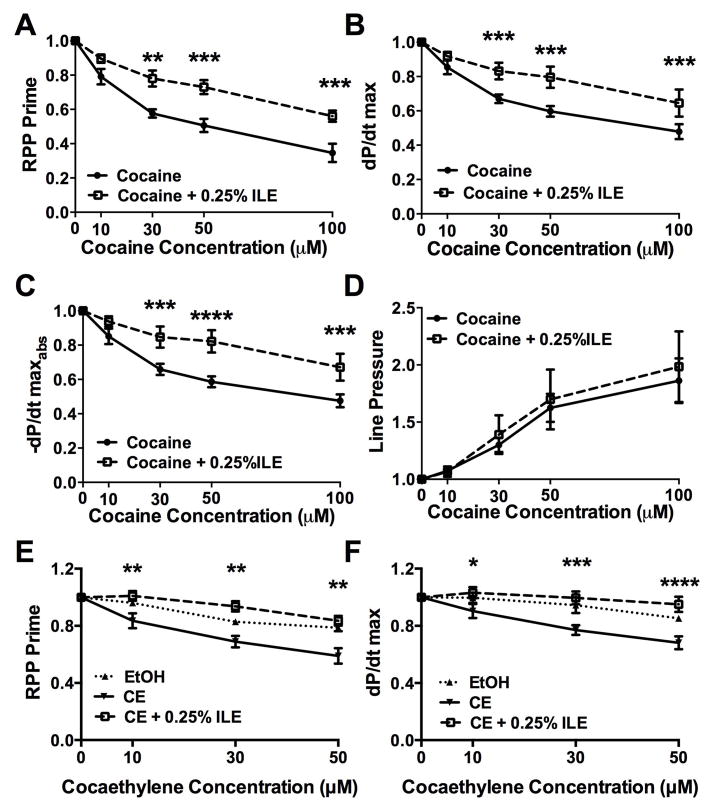Figure 2. Lipid attenuates cocaine & cocaethylene induced cardiovascular depression in the isolated heart.
(A) Rate-pressure product (RPP) following treatment with increasing concentrations of cocaine and concurrent 0.25% infusion of lipid emulsion (cocaine + 0.25% ILE) normalized to pre-ILE baseline. Treatment with ILE improved cardiovascular parameters relative to cocaine alone (** p < 0.01, *** p < 0.001).
(B) Maximal contraction force (dP/dt max, *** p < 0.001).
(C) Maximal relaxation force (−dP/dt maxabs, *** p < 0.001, **** p < 0.0001).
(D) Line pressure
(E) RPP following infusions of different concentrations of cocaethylene (CE), ethanol control at 0.1%, 0.3%, and 0.5% final infusion (EtOH) or cocaethylene and concurrent 0.25% infusion of lipid emulsion (CE + 0.25% ILE) normalized to post-ILE baseline. ILE improved cardiovascular parameters relative to CE alone (** p < 0.01 for CE vs. CE+0.25% ILE). EtOH was elevated relative to CE and indistinguishable from CE+0.25% ILE.
(F) dP/dt max during cocaethylene and lipid infusion (* p < 0.05, *** p < 0.001, **** p < 0.0001 for CE vs. CE+0.25% ILE). EtOH was elevated relative to CE and indistinguishable from CE+0.25%ILE. All values plotted as mean ±SEM

